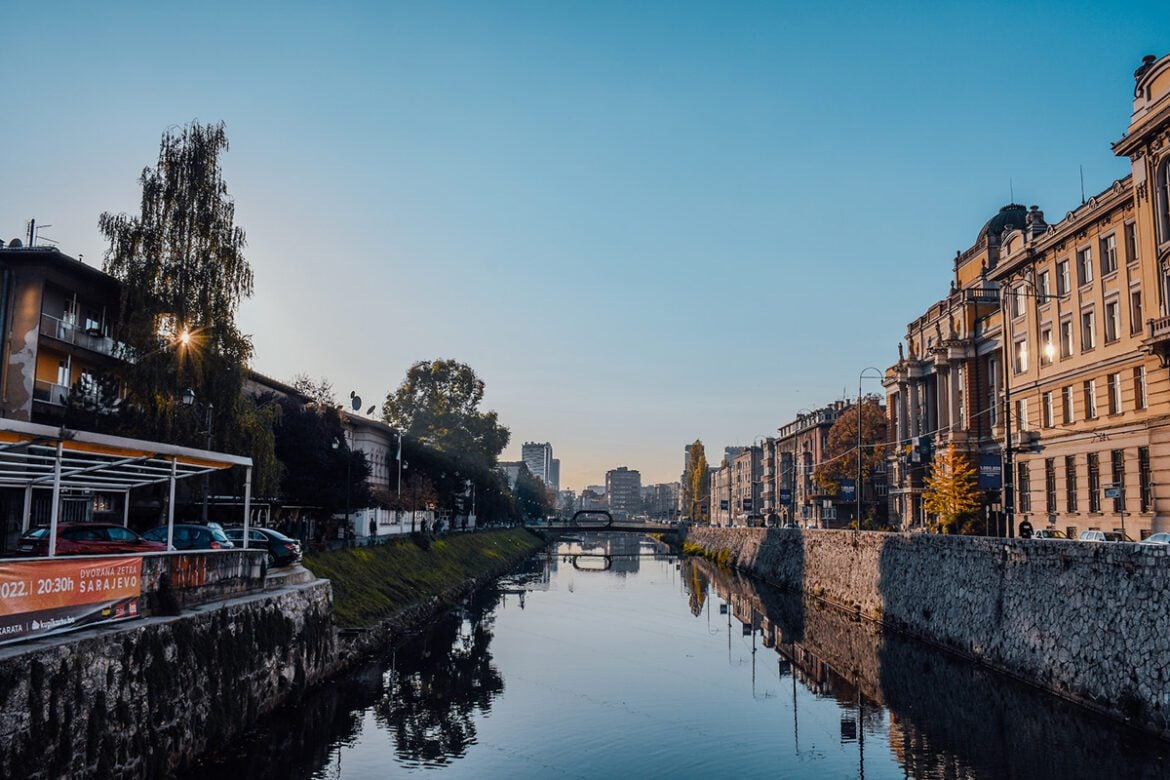Sarajevo is where East meets West in the most captivating way. Think of cobblestone streets lined with Ottoman-era bazaars, Austro-Hungarian architecture, and a skyline dotted with minarets and church spires. You can wander through Baščaršija, sip strong Bosnian coffee, or stand at the exact spot where World War I began. I’ve explored this myself; believe me, this city has soul, shaped by its resilient history. Let’s jump into these 12 iconic things to do in Sarajevo!
Best Things to Do in Sarajevo
Looking for the coolest things to do in Sarajevo? Wander through the historic Baščaršija, visit landmarks like the Latin Bridge and Gazi Husrev-beg Mosque, and explore the Sarajevo Tunnel Museum. Learn about history at the War Childhood Museum, take a stroll along Ferhadija Street, and ride the cable car up Trebević Mountain for stunning views. Savor local specialties like ćevapi and baklava. Whether you’re into history, culture, or cuisine, here are the top attractions to check out in Sarajevo.

1. Baščaršija
Baščaršija is Sarajevo’s beating heart, a historic Ottoman bazaar where the city’s past and present collide in the most captivating way. Walking through its cobbled streets, you’ll find traditional shops selling handmade copperware, intricately designed rugs, and delicious local delicacies like ćevapi and burek. I grabbed a cup of strong Bosnian coffee at Zlatna Ribica, a quirky café that feels like stepping into another era. The Sebilj Fountain, one of Sarajevo’s most famous landmarks, sits at the square’s center, surrounded by flocks of pigeons and bustling street vendors.
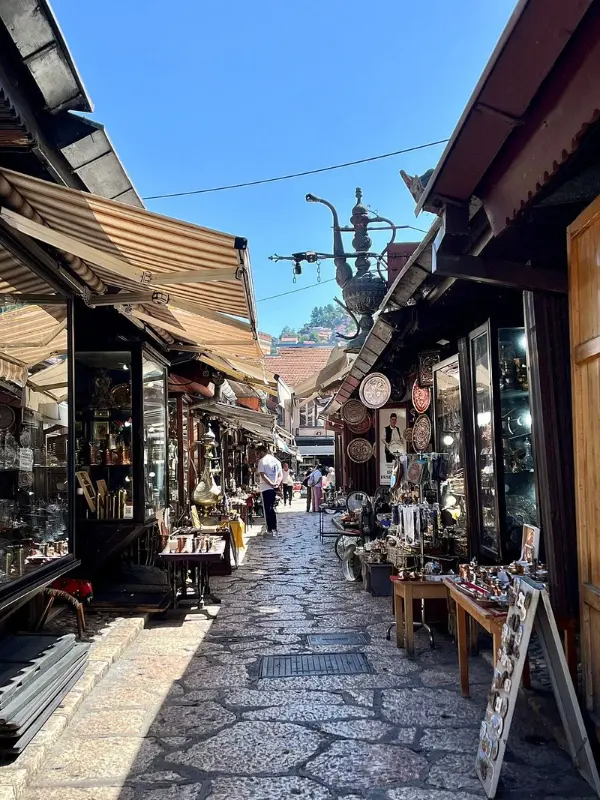
Beyond shopping and food, Baščaršija is a cultural hub where you can visit the Gazi Husrev-beg Mosque, explore the Morića Han, or simply soak in the atmosphere. Every corner tells a story, from the scent of fresh baklava to the echo of craftsmen hammering metal. A trip to Sarajevo isn’t complete without experiencing this lively, historic quarter.

2. Sarajevo Tunnel Museum
The Sarajevo Tunnel Museum is a powerful reminder of the city’s resilience during the Bosnian War. Built in 1993, this underground passage was Sarajevo’s lifeline, used to transport food, medicine, and weapons while the city was under siege. Walking through a preserved section of the tunnel, I could only imagine the desperation and hope that once filled these narrow walls. The museum also features wartime artifacts, video footage, and personal stories that bring history to life in an unforgettable way.
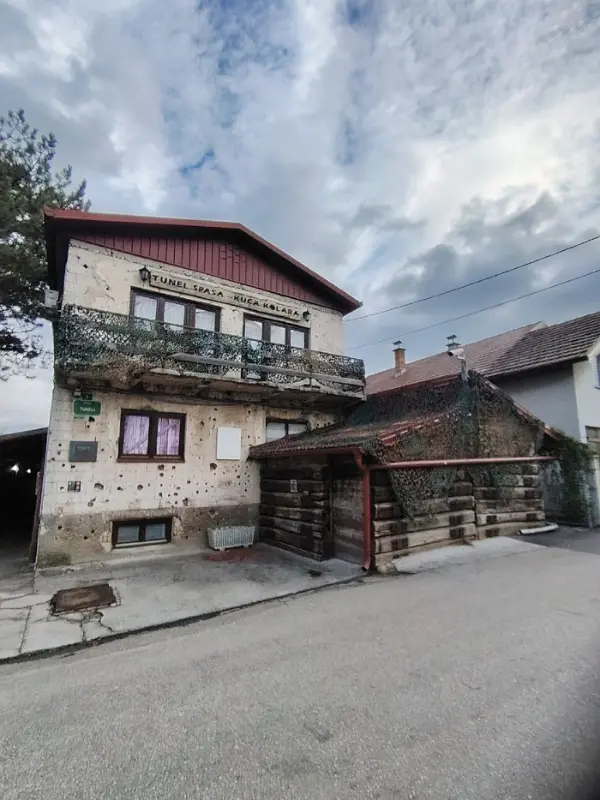
Located near Sarajevo International Airport, the site is easy to visit and offers guided tours explaining its historical significance. Seeing the tunnel firsthand makes you appreciate the strength of Sarajevo’s people and the struggle they endured. If you want to understand Sarajevo beyond its picturesque streets, this museum is a must-visit. It’s not just history—it’s a story of survival.

3. Vrelo Bosne
If you need a break from Sarajevo’s urban energy, Vrelo Bosne is the perfect escape. Located at the foot of Mount Igman, this serene park is home to crystal-clear springs that form the Bosna River. As you stroll along the tree-lined paths, you’ll see elegant swans gliding across the water and locals enjoying a peaceful afternoon. I rented a horse-drawn carriage at Ilidža, a scenic way to reach the park while soaking in the lush surroundings.
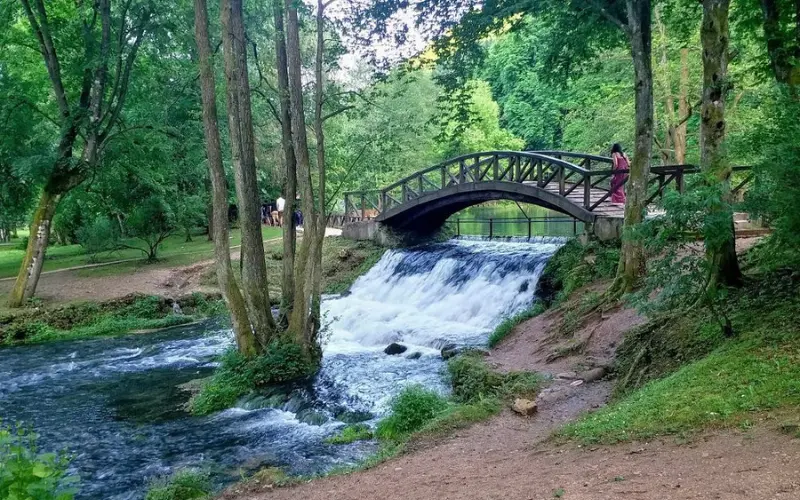
Whether you’re picnicking by the river, exploring hidden trails, or simply breathing in the fresh mountain air, Vrelo Bosne is a must-visit for nature lovers. The best time to go is early morning when the mist hovers over the water, creating a dreamlike setting. Sarajevo may be rich in history, but places like this show its equally stunning natural side.
- Worth noting: This Vrelo Bosne nature tour offers peaceful walks and scenic horse carriage rides.

4. Gazi Husrev-beg Mosque
The Gazi Husrev-beg Mosque is Sarajevo’s most important Islamic landmark, dating back to the 16th century. With its stunning Ottoman architecture, intricate calligraphy, and grand courtyard, it’s a peaceful refuge amid the bustling streets of Baščaršija. Stepping inside, I was struck by the mosque’s simplicity and elegance, a testament to the craftsmanship of its era. The nearby Gazi Husrev-beg Madrasa and Clock Tower add to the historical charm of the complex.
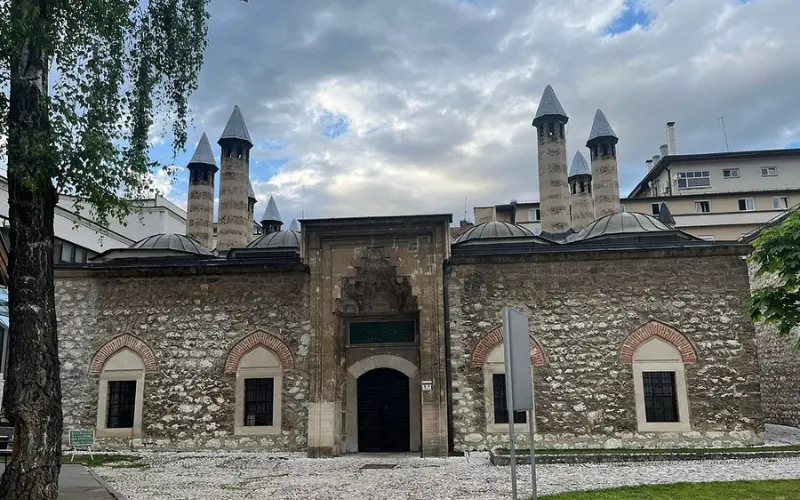
Visitors of all backgrounds are welcome, but remember to dress modestly and remove your shoes before entering. A guided tour provides fascinating insight into its history and significance in Sarajevo’s cultural identity. Whether you’re religious or just love history, this mosque is a must-see. It’s more than a place of worship—it’s a symbol of Sarajevo’s rich and diverse heritage.

5. Sarajevo War Childhood Museum
The War Childhood Museum offers a deeply moving perspective on Sarajevo’s past through the eyes of its youngest survivors. Unlike traditional war museums, this one tells personal stories of children who lived through the Bosnian War, using artifacts, letters, and recorded testimonies. Holding a small toy that once belonged to a child in wartime, I felt an overwhelming mix of sadness and admiration for their resilience.
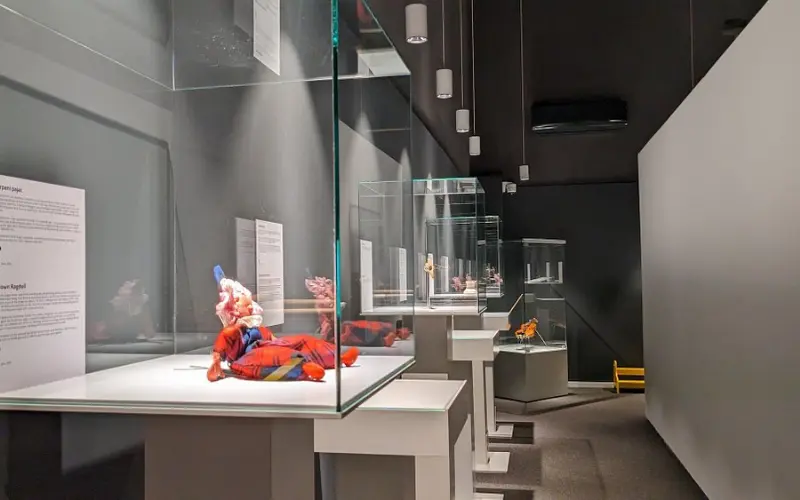
Located near City Hall, this museum is an emotional but essential stop to truly understand Sarajevo’s past. The exhibits highlight not just suffering, but also moments of hope, love, and survival. If you want a more personal connection to history beyond battle dates and politics, this museum is a must-visit. It’s a powerful reminder that even in war, childhood doesn’t completely disappear—it adapts, endures, and finds ways to survive.

6. National Museum of Bosnia and Herzegovina
For a deep dive into Bosnia’s cultural and historical roots, the National Museum of Bosnia and Herzegovina is the place to be. Founded in 1888, it houses everything from ancient artifacts to medieval manuscripts, showcasing the region’s diverse past. Its most prized possession is the Sarajevo Haggadah, a beautifully illustrated Jewish manuscript from the 14th century, which miraculously survived wars and persecution. Walking through its halls, I was fascinated by the mix of Roman, Ottoman, and Austro-Hungarian influences.
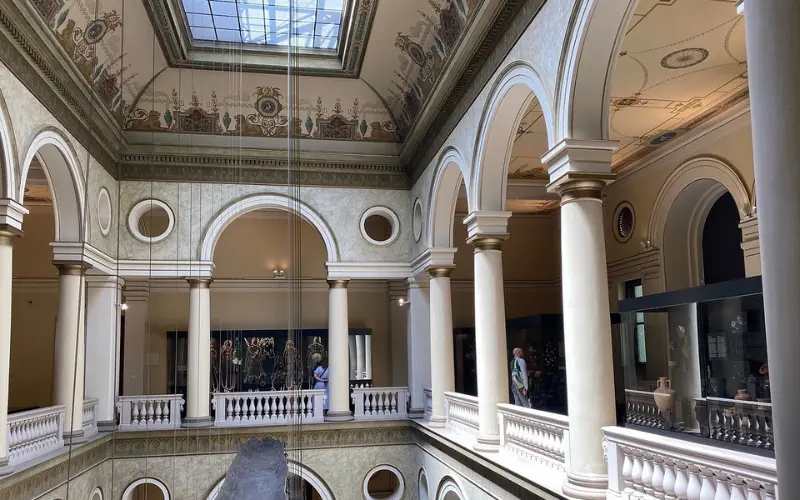
Located in the Marijin Dvor district, the museum is perfect for history lovers and casual visitors alike. The ethnographic section, featuring traditional Bosnian clothing and daily-life artifacts, offers a glimpse into local culture beyond historical events. Whether you’re into archaeology, art, or anthropology, this museum provides an in-depth look at Bosnia’s fascinating, layered history.

7. Latin Bridge
The Latin Bridge may look like just another charming stone bridge, but its historical significance is massive. It was here, in 1914, that Archduke Franz Ferdinand of Austria was assassinated, an event that triggered World War I. Standing at the exact spot where history changed forever, I couldn’t help but imagine the tense atmosphere of that day. A small museum next to the bridge provides context, detailing Sarajevo’s role in one of the world’s deadliest conflicts.
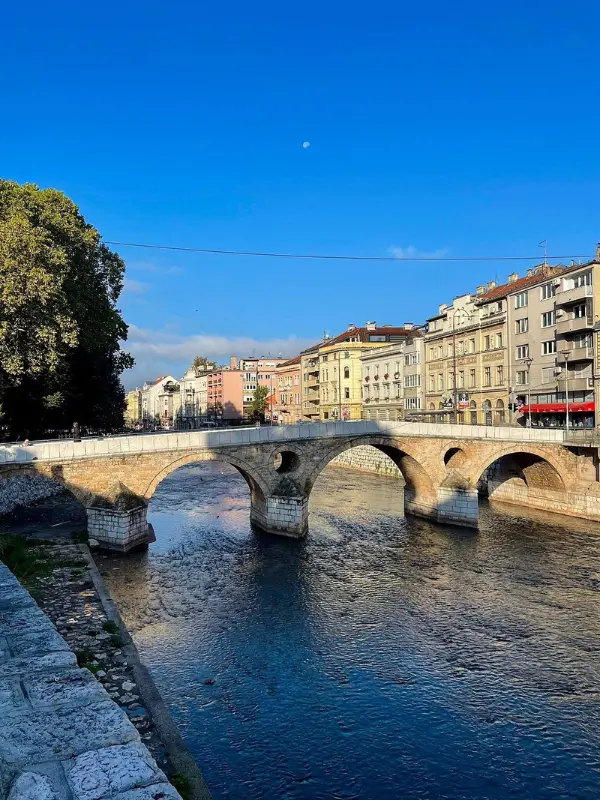
Beyond its history, Latin Bridge offers a great vantage point over the Miljacka River, especially at sunset. It’s also close to Sarajevo’s Old Town, making it an easy and meaningful stop while exploring the city. Whether you’re a history buff or just looking for a scenic stroll, this bridge is worth a visit. Sometimes, the smallest places hold the biggest stories.

8. Morića Han
Hidden in the heart of Baščaršija, Morića Han is Sarajevo’s last remaining caravanserai—a historic inn where traders and travelers once rested along the Silk Road. Walking through its wooden gates, I felt transported back to the Ottoman era, where merchants would gather to exchange goods and stories. Today, the han still serves as a cultural hub, with an atmospheric tea house and traditional Bosnian restaurants tucked inside its courtyard.
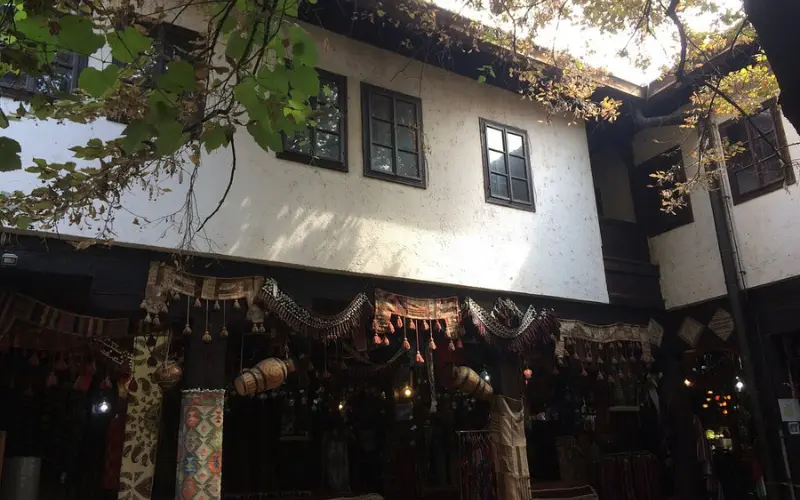
Whether you stop by for a strong Bosnian coffee or a plate of ćevapi, the ambiance of Morića Han makes it more than just a dining spot—it’s a glimpse into Sarajevo’s past. The walls may no longer house traveling merchants, but the spirit of old Sarajevo lingers in every corner. If you want to experience the city’s history in a more immersive way, this is the perfect place to slow down and soak it all in.

9. Yellow Fortress
For one of the best panoramic views of Sarajevo, head to the Yellow Fortress (Žuta Tabija). Perched on a hill above the city, this fortress was once part of Sarajevo’s defensive walls. Today, it’s a favorite sunset spot where locals and travelers gather to watch the city lights flicker on. I grabbed a coffee from a nearby stand and watched as the golden hues of the setting sun bathed the city in warm light—an unforgettable moment.
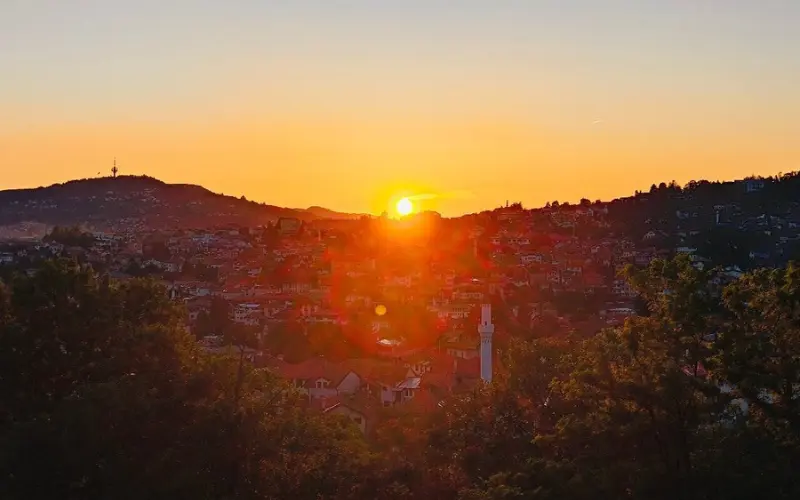
The walk up to Yellow Fortress is short but steep, passing through the historic Vratnik neighborhood with its old white-stone houses. Once at the top, you’ll be rewarded with sweeping views of Sarajevo, the Miljacka River, and surrounding mountains. Whether you’re here for a peaceful morning or an atmospheric evening, this spot is a must-visit. Just don’t forget your camera—this is one of Sarajevo’s most photogenic spots.

10. Sebilj Fountain
The Sebilj Fountain, often called the “pigeon square fountain,” is the heart of Sarajevo’s Baščaršija. This wooden, Ottoman-style fountain has been a symbol of the city since the 18th century, and legend has it that if you drink from it, you’ll return to Sarajevo one day. I took a sip—not that I needed an excuse to come back, but it’s a fun tradition to follow.
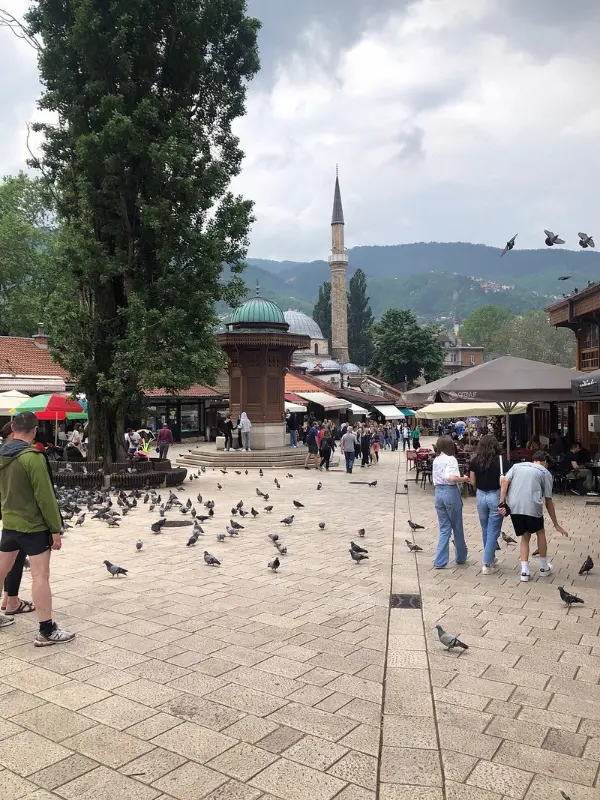
Beyond its charming architecture, Sebilj Fountain is also one of the busiest meeting points in the city. The surrounding square is always buzzing with life—locals chatting over coffee, tourists snapping photos, and, of course, dozens of pigeons waiting to be fed. Whether you’re passing through for a quick picture or stopping to take in the energy of Baščaršija, this iconic fountain is a Sarajevo essential.

11. City Hall (Vijećnica)
Sarajevo’s City Hall (Vijećnica) is one of the most stunning Austro-Hungarian buildings in the Balkans. Originally built in 1896, this architectural masterpiece blends Moorish and European influences, making it a striking landmark. Walking inside, I was immediately drawn to its elaborate stained-glass ceilings, grand arches, and the vast central atrium that resembles a palace rather than a government building. The level of detail in the restored mosaics and intricate patterns is mesmerizing.
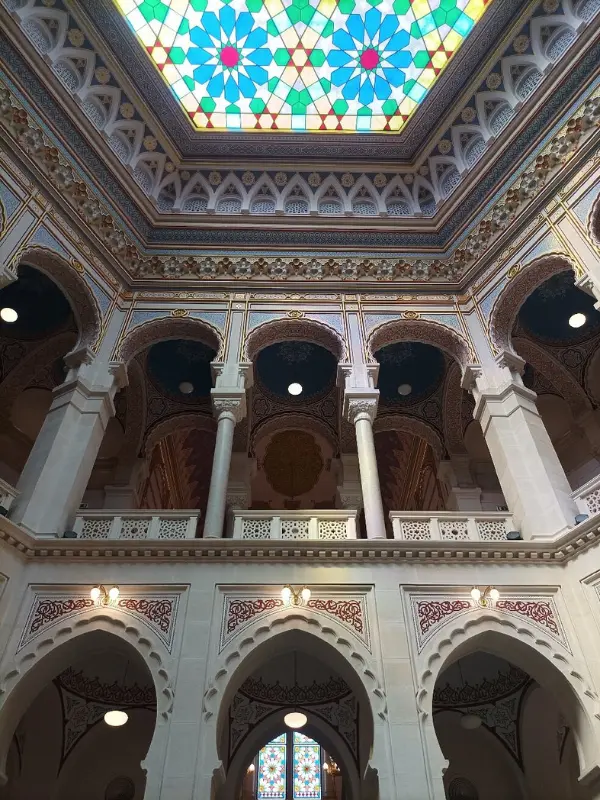
Over the years, Vijećnica has witnessed some of Sarajevo’s most defining moments. It was heavily damaged during the 1992-1995 war, along with thousands of priceless historical manuscripts, but has since been beautifully restored. Now serving as a museum, exhibition hall, and library, it’s an incredible place to learn about the city’s past while admiring its breathtaking design. Whether you’re into history, architecture, or photography, City Hall is a Sarajevo must-visit.

12. Ali Pasha Mosque
Tucked away from the city’s busier streets, Ali Pasha Mosque is a peaceful retreat in the heart of Sarajevo. Built in 1561 during the Ottoman era, it stands out for its elegant dome, graceful minaret, and a beautifully landscaped courtyard. The mosque’s intricate calligraphy and hand-painted floral details inside make it a remarkable example of classical Ottoman architecture. Visiting in the early morning, I found the quiet ambiance perfect for admiring its beauty without the crowds.
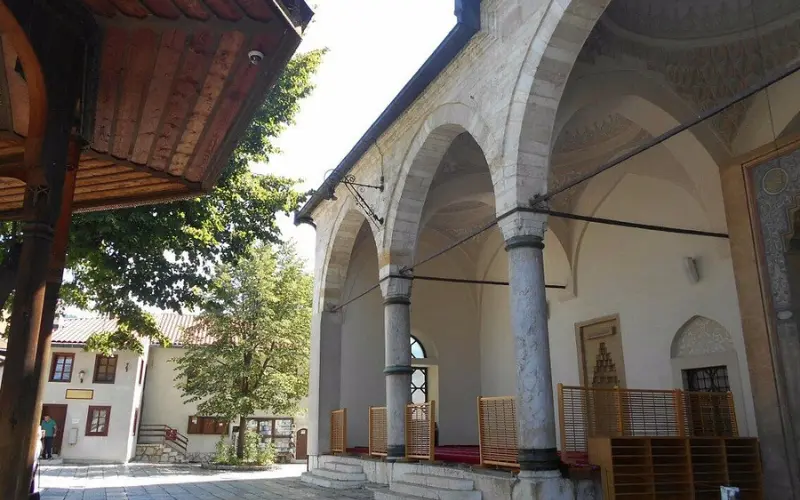
Unlike the bustling Gazi Husrev-beg Mosque, Ali Pasha Mosque offers a more intimate and serene experience. The surrounding gardens and fountains add to its tranquil setting, making it an ideal spot for reflection. Whether you’re interested in history, religious sites, or simply looking for a quiet place to pause, this mosque is one of Sarajevo’s hidden gems. It’s a must-see for those exploring the city’s rich cultural heritage.





